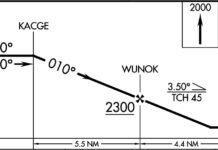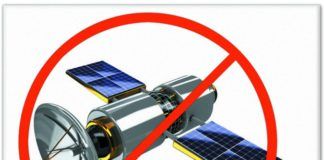Whenever I plug in to work traffic, well over half the targets on my scope are unidentified VFR targets. There could be over a hundred depending on the hour. Each is perfectly legal, remaining clear of all Class B, C and D airspace.
Through this swarm of activity, I work my identified IFR and VFR flight-following traffic. The unpredictability of these mystery aircraft can get interesting. Is a target a sightseeing Cessna, a cross-country Diamond, or a photo mission Navajo doing imaging laps? It can get particularly dicey if my airspace contains an Alert Area full of civilian or military trainers doing their thing.
Courtesy of 7110.65 3-1-1, I’m required to “Provide airport traffic control service based only upon observed or known traffic.” The planes I’m talking to are “known” traffic. Random VFR targets are merely “observed” traffic. I can read their position and ground speed, but I have no idea of their intentions, aircraft type, and actual altitude.
The last part is especially troubling. If any aircraft is transponder-equipped, I can see its altitude broadcast. But, I don’t know if these targets have their altimeter set correctly or if it’s even working right. So, when I issue a traffic call about them, I’ll make sure to append the word “unverified” to the altitude.
To contend with observed VFRs that may conflict with my identified VFR or IFR traffic, my first weapon is a traffic call to any affected planes. “N3AB, traffic, twelve o’clock, four miles, type unknown, maneuvering, three thousand seven hundred unverified.” It’s way better if my traffic can see the other traffic.
If I see that the mystery target is performing erratic maneuvers or is on a converging course at the same altitude, I may issue the IFR aircraft a temporary vector. It’s not something I take lightly, and I don’t wait to the last minute to do it. If I did, the other airplane could make a sudden turn, and the vector I gave my IFR guy may unintentionally bring them closer together. It’s a judgment call that needs to be made early to avoid compounding the threat.
When dealing with the unknown, the best course of action is to tread carefully. —TK




